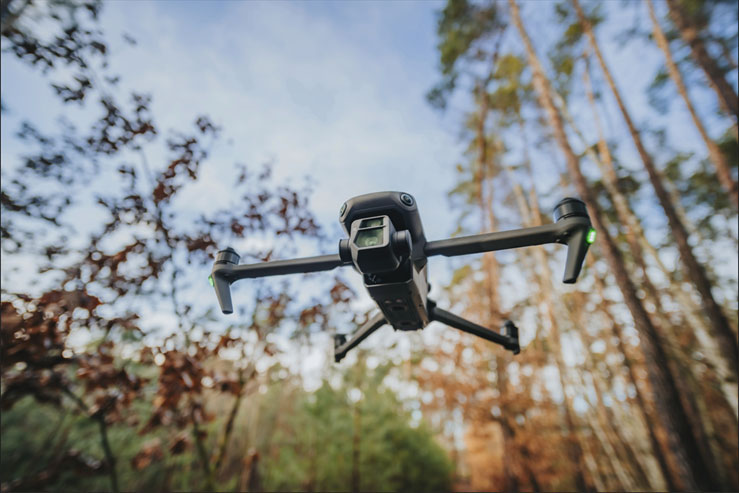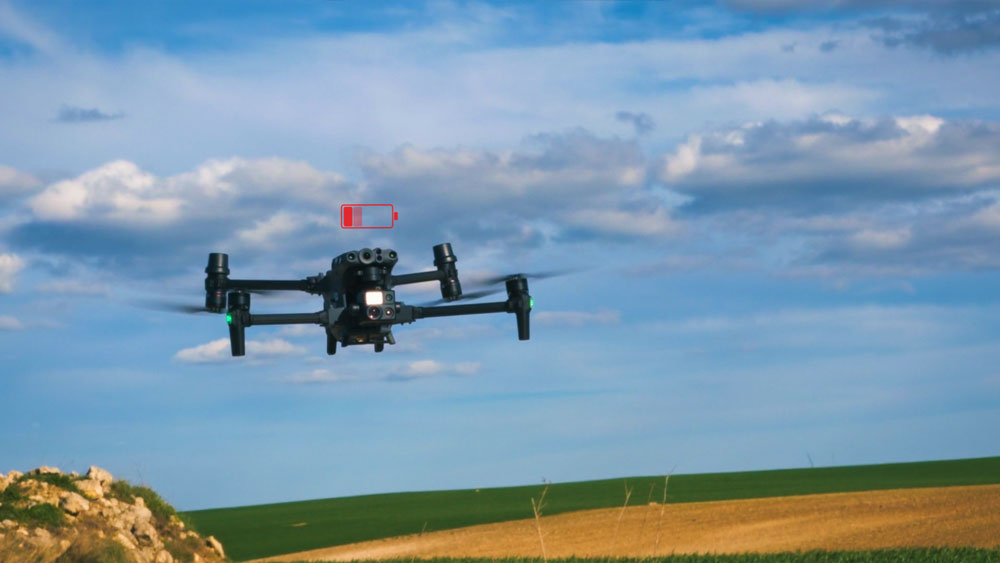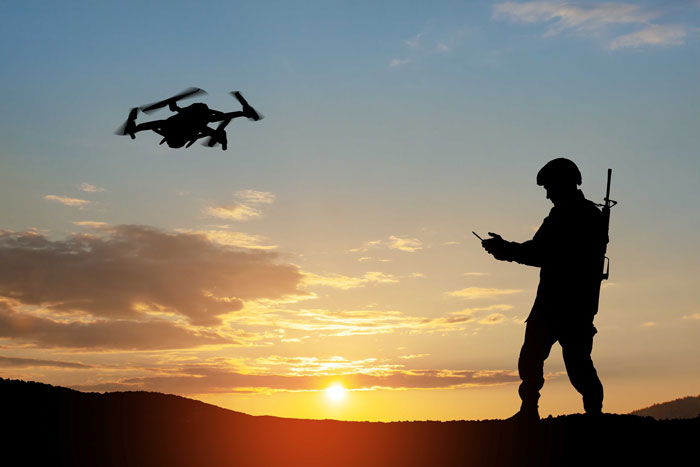By Narbeh Derhacobian
In areas such as defense, national security, and public safety, Small Unmanned Aerial Systems (sUAS or drones) can provide unparalleled cost-effective capabilities in intelligence, surveillance, and reconnaissance (ISR). Their agility, ease of deployment, and ability to hover make these drones indispensable for missions requiring detailed situational awareness.
Today’s sUAS, chiefly based on quadcopter drones, feature sensor integration, data transmission, and autonomous navigation. We now commonly see compact high-resolution cameras, thermal imaging systems, and lightweight synthetic aperture radar (SAR) systems mounted on these platforms, expanding their use cases in both military and civilian domains.
Despite these advancements, the state-of-the-art in drone technology faces a critical limitation: flight time.
The Drive Towards Persistent Flight for ISR Applications
Persistent flight—the ability of a drone to remain airborne for extended periods without significant interruptions—is a transformative capability for ISR applications in several national security domains. Persistent ISR enables seamless tracking of targets and activities over extended periods, reducing the risk of information gaps. It also provides enhanced decision making through real-time, uninterrupted data feeds which are crucial for time-sensitive missions.
The ability to fly for long periods also improves overall operational efficiency – eliminating frequent takeoffs/landings, in turn minimizing logistical challenges and human intervention. These capabilities are crucial in applications such as border security, convoy and troop protection, forward-operating base security and maritime surveillance.

Because today’s quadcopter drones predominantly rely on lithium-ion or lithium-polymer batteries, they are critically limited when it comes to achieving persistent flight. While efficient, lithium batteries are fundamentally constrained by energy density, weight, and charge cycle limitations. There is a diminishing return to include larger batteries in sUAS due to the added weight of the larger batteries.
As such, most systems today have a flight time of 30 to 60 minutes before the drone must land for battery replacement or recharging. For ISR missions, particularly in defense and national security, this leads to operational inefficiencies and potential loss of actionable intelligence.

There is a family of drone systems called “tethered drones” that can hover longer than conventional battery-powered drones by using a physical tether (i.e., an electrical cable) that provides continuous power to the drone from a source on the ground. This effectively charges the battery in mid-air and enables longer flight durations. However, tethered systems come with significant limitations in terms of maneuverability, range, operational altitude, stealth, and others, all stemming from their physical connection to the power source. While tethered drones excel in stationary or semi-static surveillance, they just aren’t effective in expansive or rapidly evolving ISR scenarios.
Mid-Air Charging with Wireless Power Beaming
The ideal solution for increasing the flight time of drones involves implementing a system that allows the drone to be re-charged mid-air using untethered power delivery methods, such as RF (radio frequency) power beaming. This innovative approach eliminates the need for landing or battery swapping, enabling continuous operation and significantly extending flight duration. By harnessing RF power beaming, drones can receive energy wirelessly from a ground base, ensuring uninterrupted performance while maintaining agility and operational efficiency. This technology holds immense potential for applications requiring long endurance, such as security, troop protection, and border surveillance.
However, not all RF power beaming is suitable for powering a UAS from ground. Typical small UAS consume over 250 watts when in flight. The actual power consumption depends on weight and weather conditions. So to be able to provide useful power at a distance to a UAS, the wireless power system needs to be able to meet the Size, Weight and Power (SWaP) requirements for this application. The receiver on board the UAS needs to be lightweight with a small form factor and yet manage to deliver hundreds of watts of power needed to charge the battery onboard. This is not a trivial undertaking.
At GuRu Wireless, we have successfully developed a long-range wireless power beaming capability using our proprietary 24GHz phased array technology. Our technology meets the SWaP requirements for this application. We recently demonstrated our technology by continuously flying an untethered drone for over 96 hours. In this demonstration, our newest 24GHz wireless power beaming system was used to recharge the drone battery in mid-air. This was a clear demonstration of the potential of wireless power beaming to revolutionize drone operations, enabling persistent ISR for defense and national security applications.
Watch the video from our lab:



